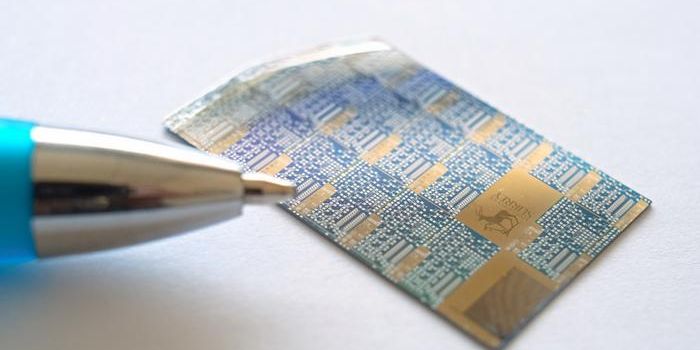New Sensor Could Detect Antibiotics In Your Breath
Antibiotics are the cornerstone of treatment for bacterial infections. Though antibiotic resistance caused by the incorrect use (or overuse) of antibiotics has become an increasingly unsettling trend in recent years, antibiotics still remain an important approach to treatment.
However, clinicians are often presented with a difficult challenge: how to administer the correct dose of an antibiotic to an individual patient, knowing that each patient responds differently to antibiotics for a range of different reasons (e.g., differences in metabolism). While there are generally considered therapeutic, subtherapeutic, and toxic dose ranges for antibiotics, these ranges are usually drawn from animal samples or information about the general population and how they would respond, rather than being specific to an individual. The challenge, in other words, is finding the right dose to avoid giving too much (and causing unnecessary side effects) and too little (allowing bacteria to survive and become resistant).
According to a new study published in Advanced Materials, researchers at the University of Freiburg in Germany are developing a sensor that could help detect antibiotic concentrations in an individual just by measuring their breath. Researchers hope that being able to detect antibiotic concentrations in the breath with a high degree of accuracy could help lead to more personalized approaches to antibiotic treatment, allowing clinicians to adjust and modify dose amounts as needed.
Researchers describe their new sensor as “a versatile, polymer-based, disposable microfluidic sensor platform along with an antibody-free and highly sensitive ß-lactam assay,” and uses electrochemical sensing to detect specific antibiotics. Researchers tested the sensor on animal samples, finding that the sensor could detect even the slightest traces of antibiotics in the breath, comparable to what a blood sample could tell.
The sensor may also help with real time, accurate testing of antibiotic concentrations, something that is currently lacking in clinical practice. The ability to measure antibiotic concentrations in the breath, in real time, may enable clinicians to adjust dosages more quickly to ensure patients are receiving a dose that works for them. Currently, it may sometimes take days for a doctor to assess any therapeutic effect of antibiotic medication.
Sources: Medgaget; Advanced Materials; Pharmacy and Therapeutics








